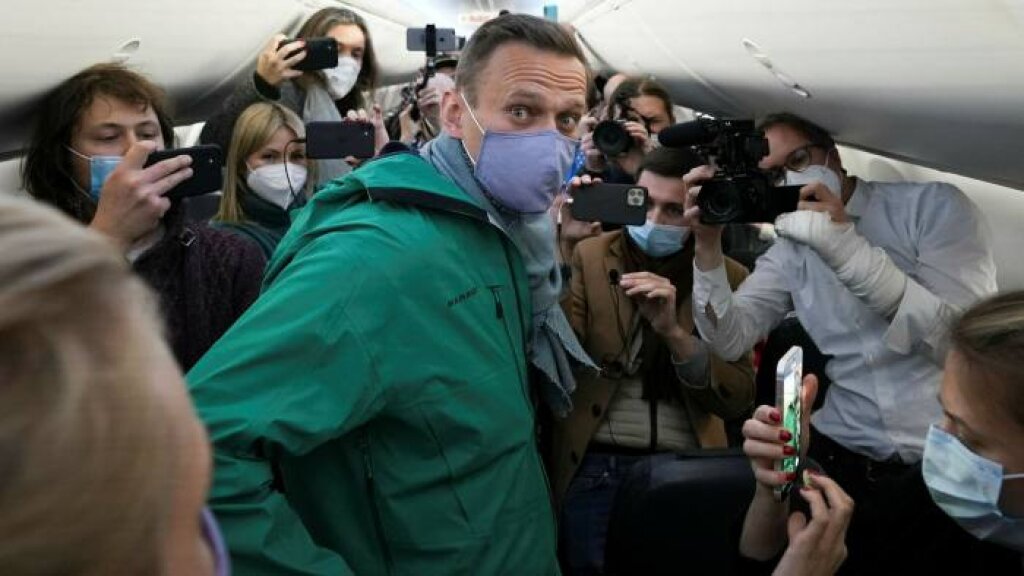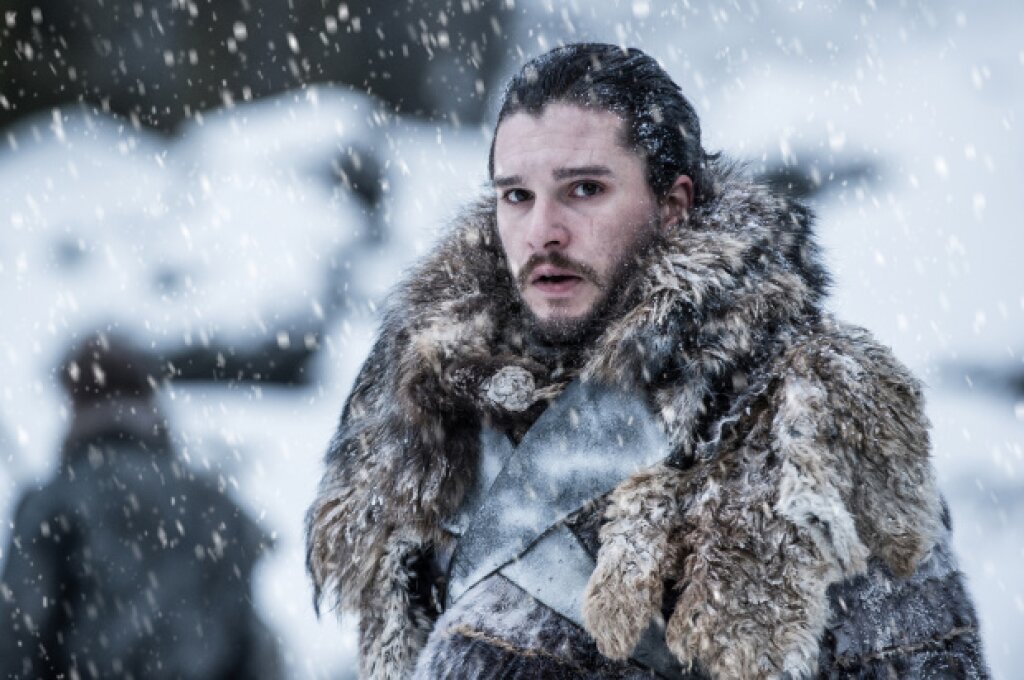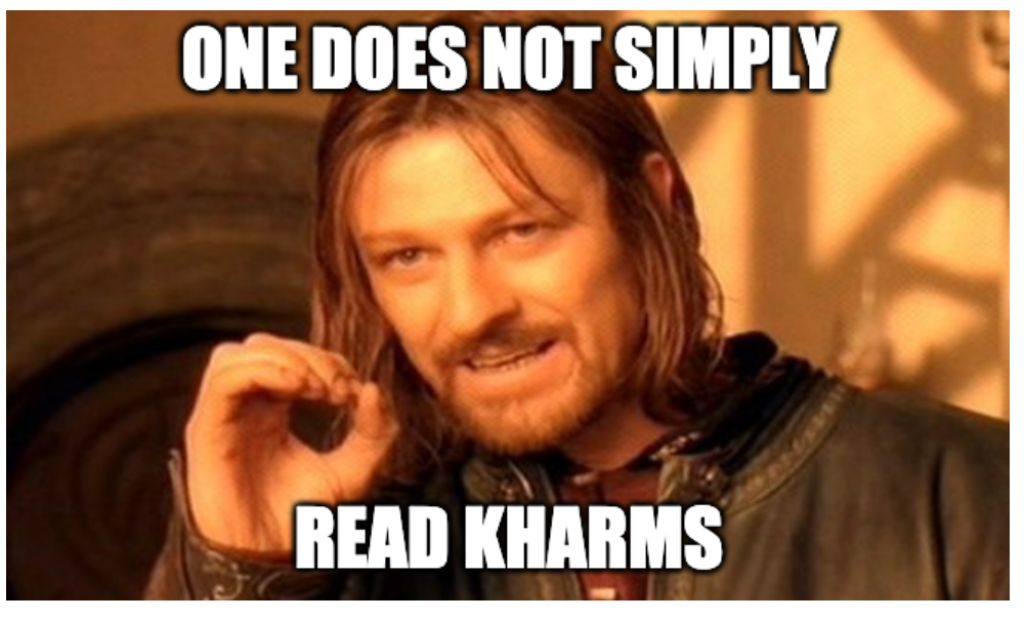Alexis Lerner is a Visiting Scholar and Presidential Data Postdoctoral Fellow at Western University.
In August 2020, Russian opposition leader Alexei Navalny became the target of a suspected FSB poisoning at an airport in Tomsk. Two days after experiencing a negative reaction to the Novichok toxin mid-flight, Navalny was airlifted to Berlin, where he could receive medical care without worrying about further political persecution. After five months of recovery—during which time he gave an interview to Russian YouTube blogger Yury Dud and called on the European Union to impose sanctions on Kremlin-affiliated oligarchs—Navalny returned to Moscow on January 17, 2021.
Shortly before his arrival at Vnukovo Airport, riot police dispersed several hundred supporters and arrested dozens—including Alexei's brother, Oleg, and several of his close aides—before closing the airport and forcing the last-minute diversion of incoming flights. At Sheremetyevo Airport, Navalny was arrested for “failing to appear at a parole hearing” while abroad. Hours later, he was sentenced to 30 days imprisonment in an ad hoc trial satirized in multiple TikTok parodies. In conjunction with his arrest, the Navalny team released a corruption exposé, Putin’s Palace, and called for demonstrations. Approximately 100,000 protesters from 196 cities nationwide poured into the streets.
Protests like these are worrisome for autocrats like Putin. After all, there’s historical precedent in Russia and the Soviet Union for mass demonstrations to lead to leadership turnover or revolutionary change. This historical precedent explains why Putin has sought not merely to crush or co-opt anti-state movements at home, but also to take action preemptively—blocking public squares and raiding the offices of civil rights organizations, for example—when unrest threatened to spill over from neighboring states, such as Ukraine in 2014 and both Kyrgyzstan and Belarus in 2020.
But this toughness can be costly. Autocrats who rely heavily on repression when dealing with political dissent can find that their methods backfire if they radicalize dissenters to engage in reactionary violence or empower independent security forces to turn against the president.
The cost of repression matters in the case of Navalny. As an investigative lawyer and journalist, Navalny has successfully built a platform for disseminating private information. This democratization of information that makes him threatening to an incumbent is exacerbated by Navalny's extreme popularity, both at home and abroad. (Just last week, Meghan McCain, daughter of former US Senator John McCain and co-host of talk show The View, posted a photo of herself in a Navalny t-shirt with the caption “FREE NAVALNY.”)
If Navalny remains alive, avoids exile, and stays out of prison, he is likely to continue his investigative work into corruption, inspiring similarly discontented Russians to act. Yet if he is killed, jailed, or exiled, Navalny becomes a martyr and a symbol of democracy that can be manipulated for mobilizational purposes for years to come. In short, for Putin, Navalny is potentially more politically dangerous dead rather than alive.
Given that Navalny is a political threat even if he is silenced—whether through imprisonment or assassination—what will Putin do next?
When it comes to dissent management, an autocratic leader has several options for quelling political threats, assuming the power vertical remains in place:
Tolerance. The incumbent can ignore the threat and see what happens.
Quasi-Legal Disruption. The incumbent can keep their opponent(s) away from power by, for example, rejecting valid signatures on an application to run for office.
Defamation. The incumbent can disseminate false information about a threat in an effort to delegitimize their opponent(s).
Co-optation. The incumbent can offer benefits, such as money, a position, or privilege, in exchange for political loyalty.
Repression. The incumbent can use overt physical violence to eliminate or silence a threat.
The Kremlin generally tolerated Navalny as a young nationalist. However, after he published Transneft’s confidential financial documents on LiveJournal and organized large anti-corruption protests, Navalny was hit with lawsuits in 2012 and 2013. The latter suit concluded with a 3.5-year jail sentence for his brother, Oleg. The 2013 case was reopened in 2017, prohibiting Navalny from running for President in 2018. Amid these legal challenges, Navalny also endured several short-term jail sentences.
Given the variety of methods the regime has previously employed to silence or neutralize Navalny, which of the above dissent management strategies might Putin use this time? In my dissertation, titled Authoritarian Dissent Management: Repression of the Nonsystemic Political Opposition in the Post-Soviet Region, I use an original dataset composed of 4100 unique presidential bids across the post-Soviet region from 1991-2018 to conclude that co-optation is the optimal strategy for the regime to neutralize the "Navalny threat" without incurring backlash. For example, the Kremlin could offer a high-level elite corruption crackdown in exchange for Navalny calling off or distancing himself from demonstrations. This is a good option for the regime not only because repression is likely to backfire but also because of the robust support Navalny enjoys around the world.
Indeed, the international community is demonstrably interested in Alexei Navalny's fate. In September 2020, both the Organisation for the Prohibition of Chemical Weapons and North Atlantic Treaty Organization (NATO) produced statements likening Russia’s use of Novichok to directing a chemical weapon at a citizen. On January 21, the European Parliament voted overwhelmingly in support of adopting a resolution to promote sanctions against Russia and Russian individuals involved in Navalny's arrest and imprisonment. And just last week, the G7 intergovernmental organization published a statement condemning the arrest, detention, and poisoning of the opposition figure, while US President Biden discussed Navalny’s poisoning with Russian President Putin by telephone.
This support from the international community is especially relevant because my research shows that political opposition leaders with robust foreign prominence are less likely, on average, to encounter repression, and more likely to be co-opted. Foreign leaders, international organizations, and transnational activist networks can safeguard a political opposition figure like Navalny from repression by enacting economic, military, and/or diplomatic sanctions in anticipation of, or in response to, violations of their civil rights.
Then again, the Putin administration has demonstrated on multiple occasions (e.g., Eastern Ukraine, Syria) that it is unconcerned with the potential ramifications of state behavior, whether they take the form of international pressure or even sanctions. Thus, while sustained attention and action from the international community can influence which option Putin selects to suppress his opponent, the Russian state will ultimately act in a way that serves its calculated short-term self-interest, even if it causes plummeting foreign relations.
Even if Navalny were to be offered some kind of deal in exchange for calling off the protests, would he accept it? In the case that Navalny is not co-opted but silenced, would the demonstrations continue without his leadership? Given the number of first-time attendees and young people involved with last week’s protests, even despite truly chilling winter weather, it is possible that Russian discontent has already passed a mobilizational threshold such that standing down is not an option. This development would indicate that the Putin administration’s tactic—arresting leadership, temporarily detaining protestors at random, and essentially allowing the masses to blow off a bit of steam before returning to their regular routines (as in the protests of 2011-2012 and 2017-2018)—is inadequate this time.



